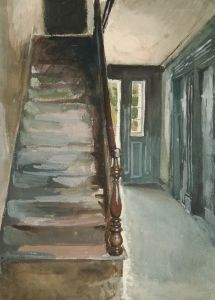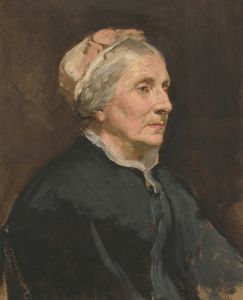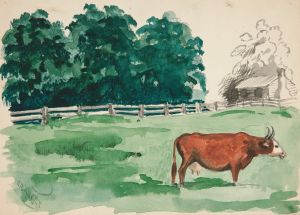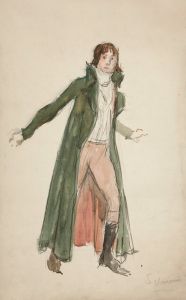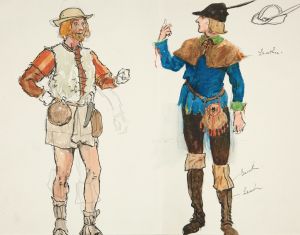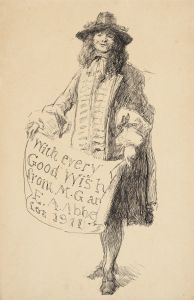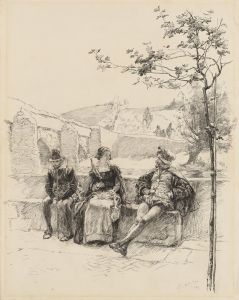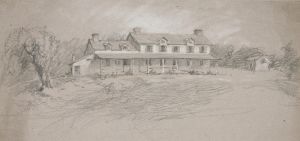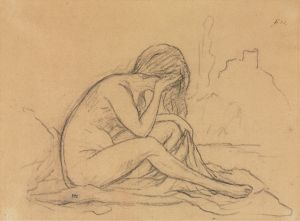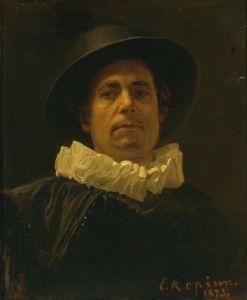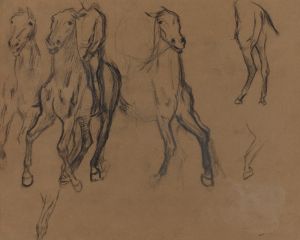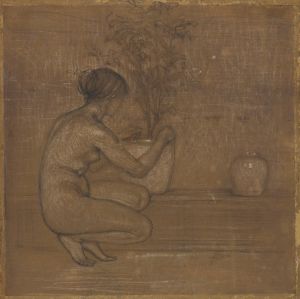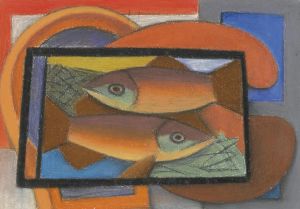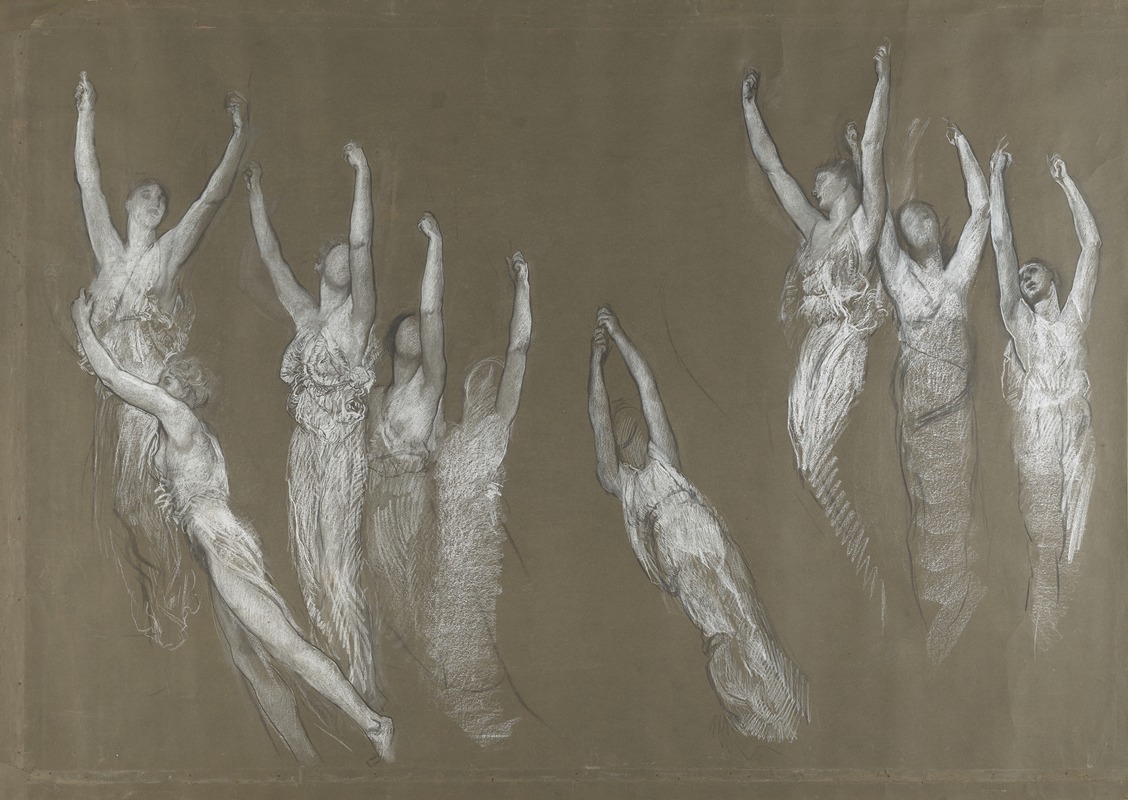
Compositional study for ‘The Spirit of Light,’ lunette
A hand-painted replica of Edwin Austin Abbey’s masterpiece Compositional study for ‘The Spirit of Light,’ lunette, meticulously crafted by professional artists to capture the true essence of the original. Each piece is created with museum-quality canvas and rare mineral pigments, carefully painted by experienced artists with delicate brushstrokes and rich, layered colors to perfectly recreate the texture of the original artwork. Unlike machine-printed reproductions, this hand-painted version brings the painting to life, infused with the artist’s emotions and skill in every stroke. Whether for personal collection or home decoration, it instantly elevates the artistic atmosphere of any space.
Edwin Austin Abbey was an American artist known for his murals and illustrations, particularly those that depict scenes from literature and history. One of his notable works is the "Compositional Study for ‘The Spirit of Light,’" a preparatory piece for a larger mural project. Abbey's work is often characterized by its attention to detail and historical accuracy, as well as its dramatic use of light and shadow.
The "Compositional Study for ‘The Spirit of Light’" is a preliminary study for a lunette, which is a half-moon shaped space often used in architecture for decorative purposes. This study was part of Abbey's larger commission for the Pennsylvania State Capitol in Harrisburg, where he was tasked with creating a series of murals. These murals were intended to reflect themes of enlightenment, progress, and the triumph of knowledge, aligning with the broader cultural and intellectual aspirations of the time.
Abbey's work on the Pennsylvania State Capitol murals began in the early 20th century, a period marked by a renewed interest in grand public art projects in the United States. This was a time when many American artists were looking to Europe for inspiration, particularly to the Renaissance and Baroque periods, which were known for their grandiose and allegorical artworks. Abbey, who had spent a significant portion of his career in England, was heavily influenced by these European traditions.
The "Compositional Study for ‘The Spirit of Light’" reflects Abbey's meticulous approach to composition and his skill in creating a sense of movement and drama. Although the study itself is a preparatory work, it showcases Abbey's ability to convey complex themes through allegory and symbolism. The study likely includes figures that represent various aspects of light and enlightenment, possibly drawing on classical mythology or historical figures associated with knowledge and discovery.
Abbey's use of light in his compositions is particularly noteworthy. He often employed chiaroscuro, a technique that uses strong contrasts between light and dark to create a sense of volume and three-dimensionality. This technique not only enhances the visual impact of the work but also serves to underscore the thematic elements of enlightenment and illumination.
The final murals in the Pennsylvania State Capitol, including "The Spirit of Light," were well-received and remain an important part of the building's artistic heritage. Abbey's work on these murals is considered a significant contribution to American mural painting, reflecting both his individual talent and the broader cultural movements of his time.
In summary, the "Compositional Study for ‘The Spirit of Light’" by Edwin Austin Abbey is a testament to the artist's skill in combining historical and allegorical themes with a masterful use of light and composition. This study, along with the completed murals, continues to be appreciated for its artistic and historical significance.





